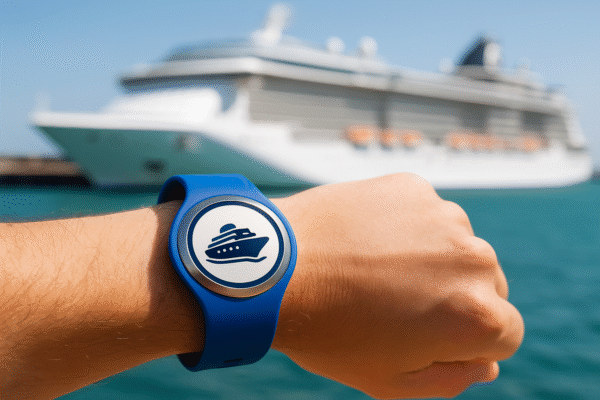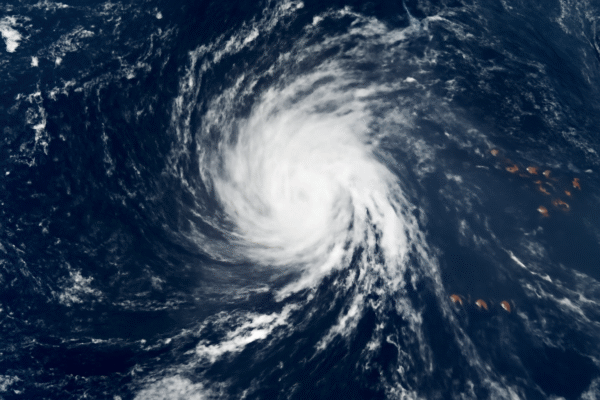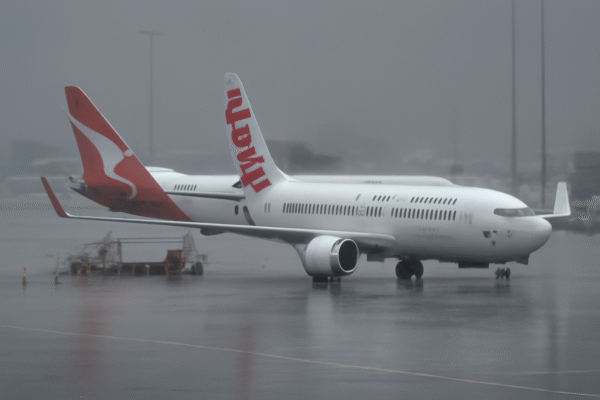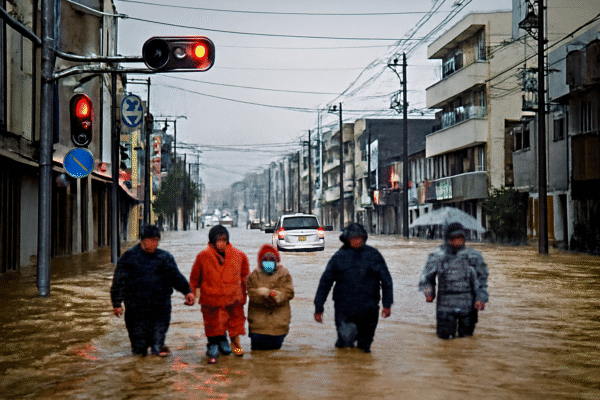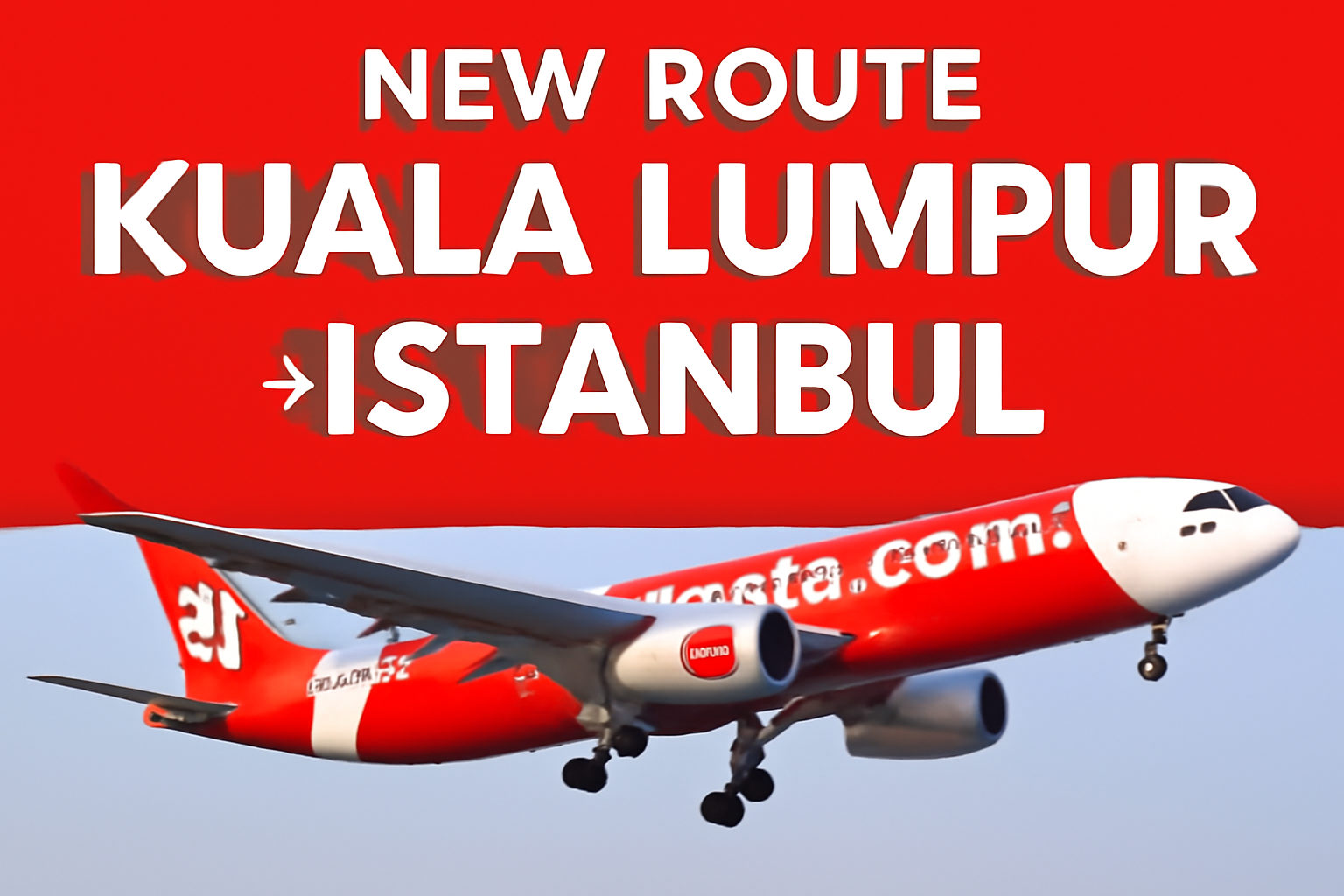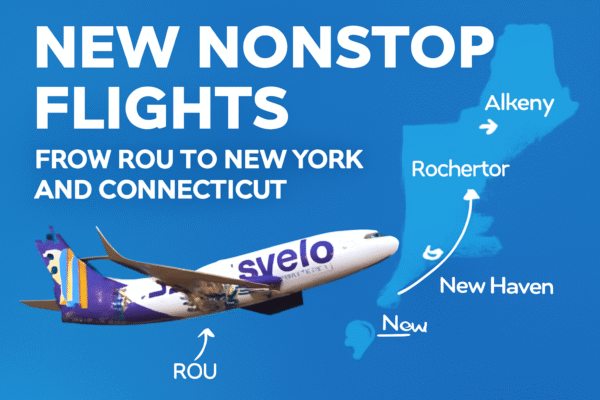Europe continues to reign supreme in the global luxury travel market, currently holding a commanding 38% market share. Known for its blend of cultural richness, exquisite landscapes, refined gastronomy, and world-class accommodations, Europe remains the preferred destination for affluent travelers worldwide. However, the dynamics of the luxury travel sector are rapidly shifting, compelling traditional leaders like Italy, France, and Spain to innovate and evolve with emerging global trends.
Europe’s Heritage of Elegance and Experience
Luxury tourism in Europe has long been defined by its heritage cities, exclusive resorts, iconic landmarks, and Michelin-starred restaurants. From the romantic allure of Paris to the Tuscan countryside and the beaches of Marbella, the region’s deep cultural and historic roots continue to attract high-spending visitors seeking immersive, top-tier experiences. This legacy supports Europe’s stronghold, making the continent a key contributor to global luxury travel spending.
Emerging Trends Shaping the Future of Luxury Travel
Today’s luxury travelers demand more than opulence—they seek purpose, personalization, and sustainability. This shift is reshaping the luxury tourism landscape across Europe. Travelers are now gravitating toward:
- Authentic experiences that connect them with local culture
- Wellness retreats that promote physical and mental wellbeing
- Eco-conscious accommodations with minimal environmental impact
- Tailored itineraries that prioritize exclusivity and privacy
Sustainability as a Luxury Imperative
The eco-conscious mindset is particularly prominent among luxury travelers from North America and Western Europe. In response, destinations in France, Italy, and Spain are introducing green travel options and sustainable hospitality programs.
Luxury hotels are adopting energy-efficient technologies, reducing single-use plastics, and supporting local communities through sustainable sourcing. Agritourism, especially in regions like Tuscany and Provence, is also seeing a revival, blending sustainability with exclusivity for discerning travelers.
Wellness Tourism Takes Center Stage
Another booming segment is wellness tourism. Spas, yoga retreats, and holistic health programs are drawing luxury travelers to Europe’s serene landscapes and mineral-rich natural springs.
Italy’s thermal baths, Spain’s Mediterranean wellness resorts, and France’s thalassotherapy centers now offer bespoke wellness packages that incorporate mindfulness, organic cuisine, and cutting-edge health treatments. These programs attract travelers seeking rejuvenation in a luxurious setting.
Technology-Driven Personalization
Luxury travel providers across Europe are embracing technology to enhance the visitor journey. Artificial intelligence, virtual concierge services, and data-driven personalization tools allow travel companies to anticipate preferences, customize experiences, and deliver seamless services.
From curated art tours in Florence to digital detox retreats in the French Alps, technology enables luxury brands to cater to each guest’s unique desires—a cornerstone of modern high-end travel.
The Influence of Younger Luxury Travelers
Younger affluent travelers—especially millennials and Gen Z—are influencing the direction of luxury tourism. Unlike traditional clientele, they value cultural immersion, ethical consumption, and adventure over material extravagance.
In response, European tourism boards are spotlighting lesser-known destinations, promoting heritage preservation, and launching experiences such as vineyard stays, historical reconstructions, and artisan-led workshops. This evolution aligns with the demand for travel that is both luxurious and meaningful.
Rising Competition from Global Destinations
Despite Europe’s current dominance, competition from emerging luxury destinations in the Middle East (like Dubai and Doha), Southeast Asia (Bali and Bhutan), and Africa (Morocco and South Africa) is intensifying. These locations offer fresh, culturally rich alternatives with high-end hospitality infrastructure.
To maintain its market edge, Europe must leverage its brand legacy while continuously innovating and marketing its unique, experiential offerings.
Collaborative Innovation and Strategic Planning
National tourism boards, luxury hotel groups, and private operators across Europe are now collaborating to ensure future resilience. Initiatives include:
- Crafting digital storytelling campaigns to highlight unique local narratives
- Offering off-season luxury travel experiences to distribute tourist flow
- Investing in smart infrastructure and eco-certification programs
This strategic realignment reflects a shared vision: to evolve luxury tourism into a more inclusive, sustainable, and diversified model.
Conclusion: Reinventing European Luxury Tourism for the Future
Europe’s luxury travel market is at a turning point. With 38% of global market share, it remains the world leader—but staying ahead requires adaptability. France, Italy, and Spain are proving that tradition and innovation can coexist, embracing sustainability, personalization, and wellness to meet evolving traveler demands.
By fostering innovation, embracing new technologies, and staying attuned to traveler values, Europe can retain its prestigious position while unlocking future growth in an increasingly competitive global landscape.
Image Suggestion: A royalty-free 600px-wide image of a luxury spa or vineyard estate in Tuscany, the French Riviera, or the Spanish countryside, capturing Europe’s evolving luxury travel appeal.
For more travel news like this, keep reading Global Travel Wire

